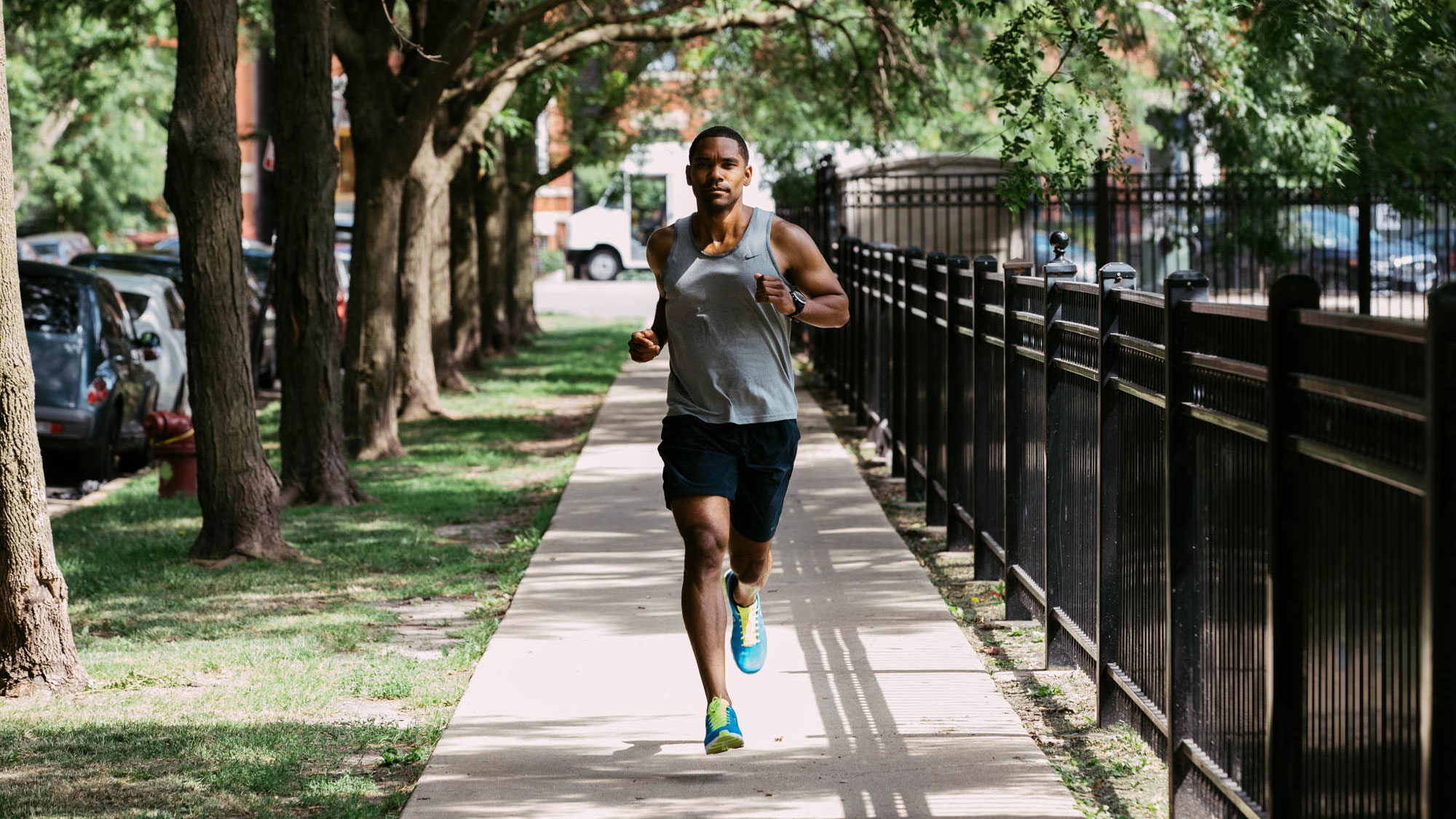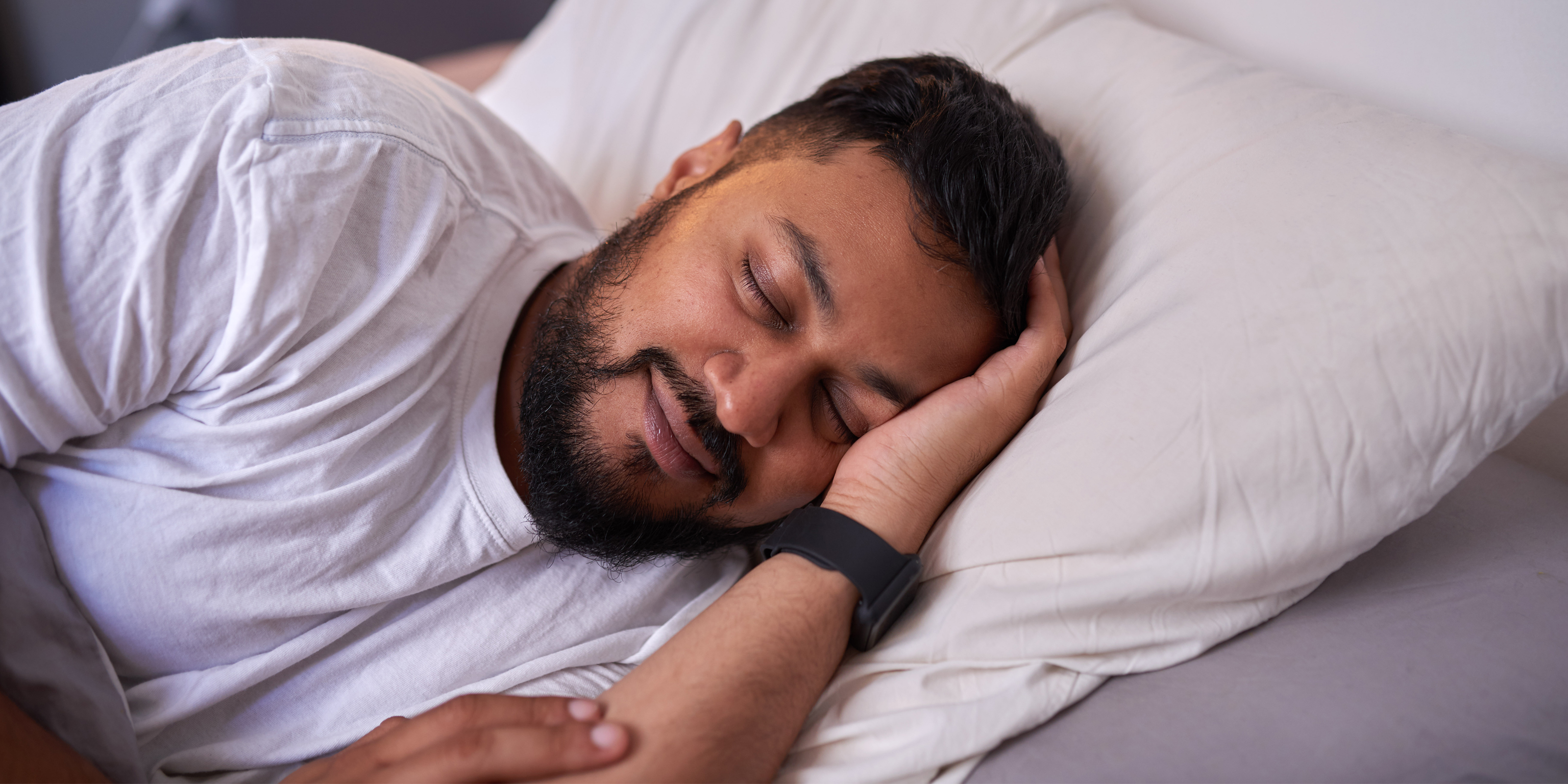Three things that happened after my first month of marathon training
I didn’t wait until new year to start

The start of a new year makes people want to get in shape. This is the year, you tell yourself, when I commit to my goal and make that big change. Your goal might be running your first 5K, hitting a weight-loss target, or even just to walk around the block every day.
Whether your goal is little or large, you should know that according to research published in the International Journal of Public Health, most people give up on their new year’s resolutions after just 17.8 days, which doesn’t seem like a very long time.
However, we think we can help you stay the course all year – which is why starting January 2, TechRadar will be running a Get Fit for ‘23 initiative all across the website. We’ll feature tips from experts and our own writers on small, sustainable ways to get and stay fit all year. We’ll help you get back into exercise, eat healthily with new kitchen gadgets and recipes, start a new hobby such as cycling or running, and even spend less time on your phone.
As TechRadar’s resident Fitness and Wellbeing Editor, I felt as though I couldn’t let the side down, so I chose to make life difficult for myself and make 2023 the year I ran my first marathon.
However, I’m not waiting for the new year. Armed with the best running watches and best running shoes I’ve tested so far, I signed up for the Brighton Marathon in April and began training at the end of November, giving myself 18 weeks to get into peak physical condition. Therefore, if you’re planning to start a new fitness regime in the new year, I’m able to tell you what it’s going to feel like at the end of January. Here are three things I’ve noticed so far.
1. I’m hungrier
On a day in which I complete a nine-mile run, I’m burning almost 3,200 calories a day according to my best Garmin Watch, which shows me my daily readouts on Garmin Connect. 2,015 of those are resting calories, which accounts for my standard bodily functions and a walk around my local Christmas markets. The remaining 1,173 calories were eaten up during the run, as my body used energy to keep me fueled.
If you’re working out more than you’re used to, you’re going to be burning more calories, which will make you hungry. I don’t count my calories on a daily basis, but I’m certainly not eating over 3,000 calories. The next day after my run, I am compulsively opening and shutting the cupboards, cursing myself that I didn’t buy any snacks.
Get daily insight, inspiration and deals in your inbox
Sign up for breaking news, reviews, opinion, top tech deals, and more.
If you’re planning on starting a new exercise regime, it’s worth grabbing one of the best fitness trackers to check how many calories you're burning - then stocking the cupboards with fruit and healthy snacks to keep you full. Orchard fruits such as oranges and apples, (whole, not juiced) are high in satiating fiber, while high-protein snacks like trail mix or jerky can help your muscles repair themselves after a tough workout.
It's normal to crave sugar and carbohydrates to replenish those energy stores, but completing a run and then mainlining pre-packaged sugary snacks is, of course, going to slow your progress.

2. Sleep tracking is important now
In the past, I’ve tested some of the best sleep trackers and questioned the point of tracking your sleep at all, if you’re not looking for something specific. But when I tried to do a fast-paced seven-miler on a terrible night’s sleep, I was slow and plodding and contemplated throwing in the towel and dropping out of the race altogether.
“I can’t do 26 miles! I can barely run seven!” I groaned, but it turns out when you’re following a tough training regime, understanding your body’s recovery process actually becomes important.
My marathon training plan includes three to four runs a week, including one long run, with a day penciled in for some cross-training like weights or yoga. If I’m about to do my weekly long run, and I’ve slept terribly, my watch will let me know.
Fitbit Premium offers a Daily Readiness score, Apple Health has Training Today, and Garmin has its Body Battery score, but all three do essentially the same thing: provide a number to indicate how much energy you have to work out that day. If my number is low, I know I should swap my long run out for a short jog or a yoga flow, and go to bed early to ensure I’m recovered enough to hit my long run’s mileage effectively.
3. You eventually get addicted
People coming to fitness for the first time might be tempted to quit after two to three weeks, but push past that point and it does get easier. I’m running more right now than I’ve ever run in my life, and even sub-zero temperatures and near-horizontal rain weren’t enough to put me off my most recent long session around London’s Richmond Park.
The weather may have been horrid and I began the run freezing cold, but I had a lightweight waterproof jacket and gloves, and I soon warmed up after the first mile. By the third mile, I was glad I had left the house. Whether your fitness goals involve running hard, hitting the gym or just going for regular walks around the block, your body starts to crave movement. Exercise releases dopamine, just like eating junk food or scrolling through TikTok.
Two days afterward, I found myself itching to run again. After exercising, I experience a noticeable boost in my mood and significantly less day-to-day anxiety. If I don’t exercise for a couple of days, those old feelings start to surface, and just like a bar of chocolate or a glass of wine, I begin to crave my next fix. Research from universities in Sweden and Ireland support this, showing that exercise is associated with improved mood and reduced anxiety.
That doesn't mean I've cracked the code and it will all be easy from this point of course. In fact, I suspect I'll have a few metaphorical stumbles along the way to my marathon. Either way, I'll be reporting back regularly on how I'm getting on.

Matt is TechRadar's expert on all things fitness, wellness and wearable tech.
A former staffer at Men's Health, he holds a Master's Degree in journalism from Cardiff and has written for brands like Runner's World, Women's Health, Men's Fitness, LiveScience and Fit&Well on everything fitness tech, exercise, nutrition and mental wellbeing.
Matt's a keen runner, ex-kickboxer, not averse to the odd yoga flow, and insists everyone should stretch every morning. When he’s not training or writing about health and fitness, he can be found reading doorstop-thick fantasy books with lots of fictional maps in them.